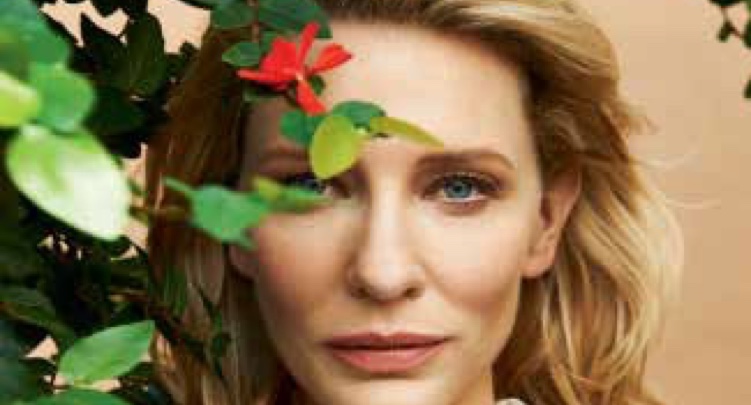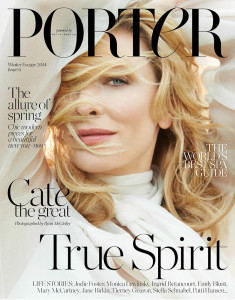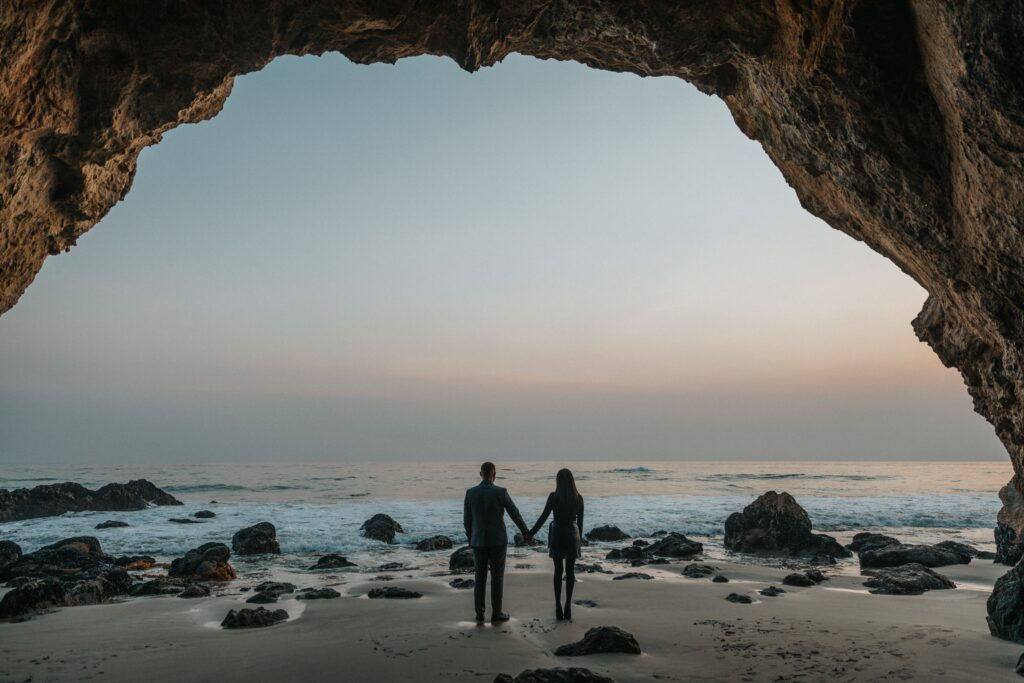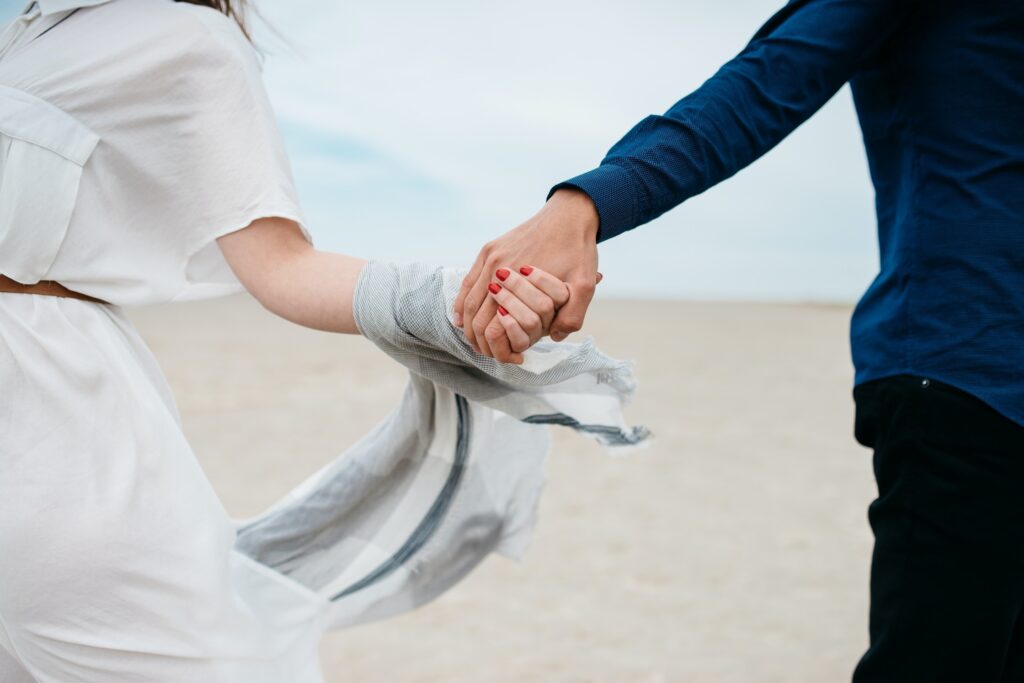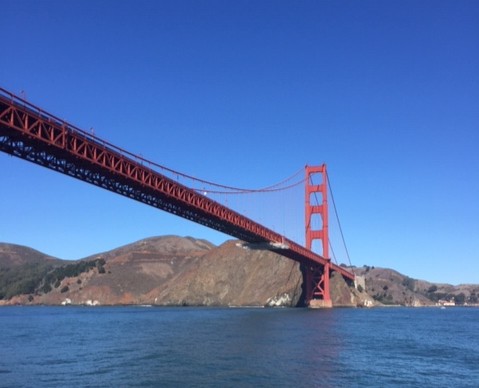When Cate Blanchett picked up her second Oscar last March for her coruscating performance as the fallen Wall Street wife in Blue Jasmine, she deservedly joined that small and august club of the world’s best actresses.
But there is more to her than a rare professional skill: not least her beauty, which in person is both staggering and seductive. Her face is so arcane and singular it almost defies description, imbuing her with an unmatched physical versatility.
One moment she can play an uninhibited, jolie laide queen in Elizabeth, with an elemental vigor reminiscent of Katharine Hepburn in The Lion in Winter, the next, spectral elf queen Galadriel in Lord of the Rings, with such brittle but forceful fragility that she transforms her fleeting appearance into a tour de force. But there is little use in congratulating her for her talents because she bats compliments away like pesky sand flies.
“When they all stood up,” she says, of the moment she heard her name called out at the Academy Awards, “I thought ‘fucking hell, that’s amazing’. Of course I wanted them all to sit down again. It was a really overwhelming moment for me.”
It’s an interesting comment coming from an actress of her standing. Is she so oblivious to her power that she is still not used to the plaudits? The way she behaved the day of the PORTER cover shoot was unexpected but also revealing. Unlike many famous women, she displayed very little selfconsciousness: no retinue, no demands, no false modesty.
One moment she was quiet and contained, reading silently while her hair and makeup were done, the next she exploded into an exhibitionist dance performance for art photographer Ryan McGinley, leaping into the air, unafraid and totally lacking in vanity, bearing scant resemblance to the quietly poised person who had arrived without fanfare on set. It left me wondering, “Where did that come from?”
The clue to how these two personas coexist can be found in who she is away from work: a key member of the close-knit Australian arts community, the nurturer of a calm family life, an involved mother of three boys and a happy wife who enjoys a creative and romantic partnership with Andrew Upton, her Australian playwright husband of 17 years.
It is a life she chose seven years ago, when she, Upton and their sons relocated to Sydney from Europe and America, far from the heart of the film industry. Australia is obviously home, but it is also somewhere she can enjoy personal privacy.
“We’re really boring,” she says, sitting in the sunshine on the terrace of the Sydney Theatre Company. “We’ve got three kids; I’m not married to an actor. No one’s interested in us, and that’s part of the reason why we live here – because nobody gives a shit.”
That may not be entirely true, but she feels it is, relative to what she has experienced elsewhere, which makes it an important distinction. The move could have been a risky one for an actress at the height of her talents, but it hasn’t appeared to affect her career. As she told The New Yorker at the time, “I feel the need to move forward… Performance is not, and never has been really, all of who I am.”
Indeed, one of the reasons for the return home was for Blanchett to take up the role of co-artistic director of the Sydney Theatre Company, alongside Upton. It is the same company that provided her with her first major role after drama school, reflecting a loyalty that is similarly enmeshed in her relationship with Upton, which from the outside feels both emotional and cerebral.
Often cast in the shadows by the klieg lights surrounding Blanchett, Upton is an accomplished playwright and director in his own right. The pair met on a film set in 1996, and although it was apparently not love at first sight, he asked her to marry him within three weeks of their first date.
She describes him as her best friend and they remain inseparable, running the company side by side, hosting donor dinners at home and appearing at opening nights. “I think when you occupy a slightly more recognizable place, you end up being that person,” she says obliquely, referring to her fame as if it had nothing to do with her. “But that’s the only reason why. The potential was always here at the company – it just needed a bit of a leg up. A door needed to be opened and then the work goes through itself.”
Stepping away from Hollywood into the relative obscurity of Sydney has done nothing to hurt her bankability. On the contrary, she is busier than ever and despite her occasionally contradictory relationship with fame, it also has its advantages.
The production of her new film Truth (the story of Mary Mapes, the 60 Minutes producer who was fired over the show’s controversial 2004 airing of forged documents about then-President George W. Bush’s National Guard service), which co-stars Robert Redford (“I still can’t call him Bob”) as the presenter Dan Rather, has been moved to Sydney to work around her.
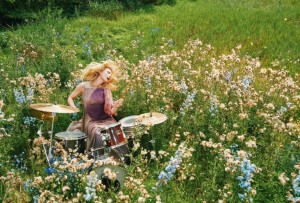
And even though she is 45, an age when many actresses complain of encroaching invisibility, Blanchett is anything but: she appears in Carol, the long-awaited adaptation of Patricia Highsmith’s The Price of Salt; Disney’s live-action Cinderella; Warner Bros.’ motion-capture epic The Jungle Book: Origins; and two Terrence Malick productions, all awaiting release. Meanwhile, in cinemas soon is the final instalment in The Hobbit trilogy, The Battle of the Five Armies.
Much has happened since Blanchett first donned elf ears in The Lord of the Rings: The Fellowship of the Ring in 2001. “She still turns up on set with that great smile, a wicked sense of humor and innate curiosity about everything going on around her,” says the trilogy’s director, Peter Jackson. “She certainly hasn’t aged, but then I guess real elves don’t.”
For Blanchett, the end of her Tolkien journey was bittersweet. “When we all met up for the final time at Comic-Con in July, I remember thinking, ‘This is the last time this is going to happen,’” she says. “It’s not that I won’t see those people again – hopefully I will work with them all again – but it’s the end of an era.”
Warm and disarming as she is, being in her presence is, at least initially, a little daunting. I ask how she gets along with the other mothers on the school run. Apparently they like her boots, she says, but one remarked to her best friend (who then repeated it to her), “Couldn’t she at least brush her hair?” Blanchett laughs, but I wonder if the story stings. “You know there’s an extra judgment,” she says. “You know they’re really observing how you parent.”
But surely the sniping is more to do with her fame rather than her parenting skills? She’s not convinced. “They don’t know that you cram everything in to make space for your kids like any working parent. Playing the lead in a film where you shoot for three months away from home is not an easy thing for me when my children are in school and my husband is running a theater company. They assume you have a nanny and a driver and a chef. Who gives a shit whether I do or not? The fact is, I don’t, but you know there is a certain circle of people – and we all get insecure – who then ask, ‘Why can’t she brush her hair?’ You just have to shrug that off.”
Life has clearly never been a popularity contest for Blanchett. Uninterested in courting fame, she prefers instead to work with those she respects, but what really sets her apart is her utter fearlessness in saying what she thinks, particularly when it comes to the role of women in the world.
“I was so fucking proud of Emma Watson’s speech at the UN,” she says of the actress’s launch of the HeForShe campaign for gender equality. “It was brilliant, such an incredible use of her airspace, and really passionate. It was fantastic.”
But she is furious at how quickly an important discussion was subverted by a threat to release nude pictures of Watson. “It’s horrendous. But there’s hope,” she says, pointing to Hillary Clinton, former Australian prime minister Julia Gillard and managing director of the International Monetary Fund Christine Lagarde, all women who hold important roles on the global political and financial stages. “There are a lot of things happening in an international sphere, and there are enough women with enough clout to make those shifts happen. Enough is enough.” She folds her arms across her chest. ‘“And I hope the Emma Watsons of this world are going to say, ‘Fuck it.’
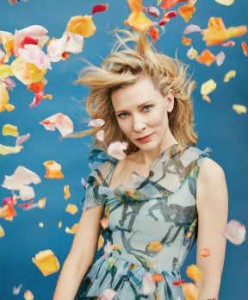
“The actors I admire always have interesting lives,” she continues. “They have an interest in things that are bigger than themselves. The work isn’t everything. Whether it’s alcohol that’s more interesting than their work, their family life, the poetry they’re reading, or the music that they’re trying to make, I like people who have another string to their bow.”
Taking an interest in the wider world clearly makes Blanchett thrive. She is an ambassador for the Australian Conservation Foundation’s Who On Earth Cares campaign, spoke at the 2009 World Business Summit on Climate Change in Copenhagen to encourage CEOs to address climate-change issues, and has converted her sandstone home into an environmentally friendly structure with solar panels, greywater recycling and energy-saving lights.
Despite practicing what she preaches, she has attracted criticism from Australian politicians for advocating a national carbon tax in a 2011 television commercial. She shrugs off the negativity. Her involvement is not about occupying a trendy campaigning position; as with everything she does, it is personal. “You start to look at things, not just how they’re affecting you now, or how they might affect you in 10 years, but how they’ll affect someone else in 50 years, and you have a very emotional connection to what that outcome might be,” she says. “You have a sense of responsibility in somehow shaping that because it’s going to affect someone you deeply love.”
The telling of Mapes’ 60 Minutes experience in Truth appealed to her precisely because it is about falsehood presented by the media as certainty. “The only thing that culture can do is spit the facts back at people and provoke discussion,” she says. “Because out of discussion comes deeper thought and questioning. What happens with the media at the moment is that it’s so rapid and so loud there is no space for deeper thought.”
She points to the evils of social media, in which she refuses to participate, as an aggravating factor. “I’m really fascinated by what we accept and what we ignore and how we process the white noise being shoveled down our throats. It used to be you’d go to the hairdressers and pick up those evil magazines and feel dirty. It’s like watching too much porn, I guess.”
Despite her outspoken confidence on many matters, her description of working life is both touching and an insight into her emotional make-up. “I’m in absolute free fall at the moment,” she admits of the run-up to filming. “You know, those moments where you feel so overwhelmed and panicked. And I will be until we finish. But life has to go on, and you don’t want to bring that home. Family life, seeing your friends or doing quite mundane things is a good antidote, a good way to calm down, talk oneself off the ledge.”
Blanchett is as engaged culturally as she is politically. She and Upton collect art by instinct, and started by purchasing a work to mark each son’s birth. “The problem is, the one we bought when Dash was born is a drawing of a stained-glass window on canvas by [British painter] Stanley Spencer, of a woman’s legs spread and a man looking down the cavern of her vagina.” She smiles. “We thought, maybe that’s not the one we’ll give him. That’s residing in our room.”
Fashion is another world she turns to for creative levity. Ever the involved performer, she relishes the bonds she has formed with designers, who in turn vie to dress her. She has had two particularly long-standing and mutually beneficial fashion relationships.
The first was with Alexander McQueen. While the designer was still alive he loved working on Blanchett’s red carpet appearances; they admired each other’s artistry and shared a mutual appreciation for decorum and performance. Her iconoclastic and abstruse beauty was something he was particularly drawn to.
His successor, Sarah Burton, is equally loved by Blanchett, and her relationship with the house continues. “I love dressing Cate,” says Burton, “because she has the most amazing style and flair. Her confidence gives her such an elegant stature that it always brings out the best in my designs.”
But the designer she has had the longest and most professionally intimate relationship with is Giorgio Armani.’ “She is one of today’s most talented actresses, both on stage and on screen,” says Armani, who has dressed her for many years. “Style is innate to her, as is her talent.”
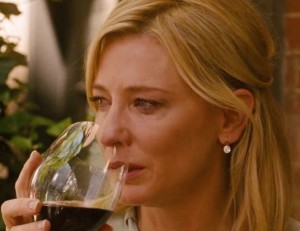
Indeed, the Italian designer recently cast her in the campaign for his new scent, Sì, a move that really touched her. “It was him saying, ‘There’s something about you that is quintessentially what I’m striving for,’” she says. “I couldn’t have been more flattered by that approach. You get to be involved in creating a moment with a designer. There are not many theatrical moments in everyday life when you get to wear couture. We’re all very casual now, so I relish the moments of being able to wear those incredible creations.”
She has had a similarly fruitful, long-term relationship as a global ambassador for the skincare company SK-II. “It’s like my relationship with Armani – it’s been very organic.” So it makes perfect sense when her close friend, musician Nick Cave, describes her as the sort of person who is naturally drawn to polar opposite forces. “Cate is both down-to-earth and celestial at the same time,” he says. “Warm and remote, sweet-natured but with a fiercely intelligent, acerbic wit, and of course under that rare and porcelain beauty is a true, and increasingly bold, blood-andguts actor.”
This may be so, but also underpinning each of her extraordinary performances is a powerful need to succeed. “I’m endlessly disappointed,” she says. “Maybe that’s why I keep doing it. [The choreographer and dancer] Martha Graham talks about that blessed unrest one feels as an artist, that you just have to keep moving forward. It’s not up to me, or anyone participating in or creating an artwork, to judge its value. You have to keep a channel open, keep moving forward, keep doing it, because if you don’t throw it out there, it won’t exist.”
As she gets up to leave for a wig fitting for Truth, she lets slip that she also loves reading, but in typical Blanchett mode, makes light of it. “It should be utterly essential in life,” she says, “but I’m as guilty as the next person of the short grab. I can read five pages, an article, but to sit down and actually read a whole novel… It’s incredibly shallow to admit, but I bought [Donna Tartt’s] The Goldfinch not just because people were saying it’s a good read, but because it was so fat. I thought, ‘I’m going to finish that fucker.’”
Published in Porter November 2014
More stories like this:
